Zippo Masonic
Lighters
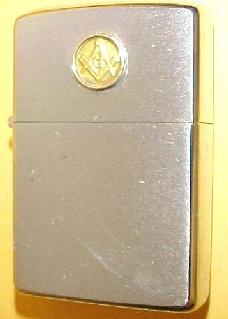
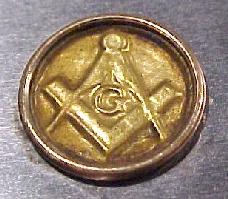
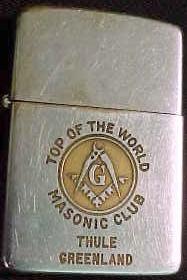
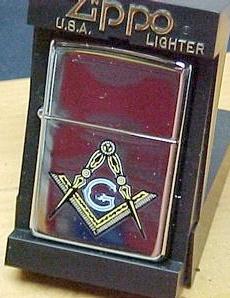
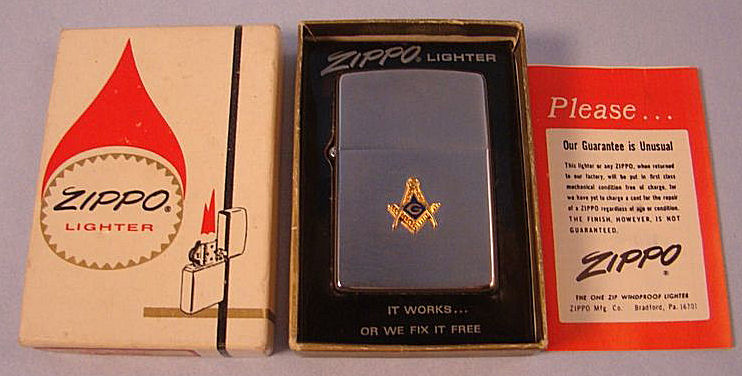
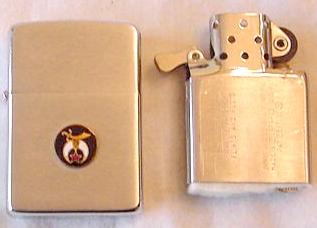
Not only does it have one of the
zippiest brand names in merchandising history, but the Zippo lighter has
become an American icon, with older examples now sought-after collectibles
since, over the years, its basic rectangular shape and chrome-plated surface
have been embellished with all manner of interesting decorations, from Masonic
insignia to images of Elvis.
The first lightweight, handheld
lighters arrived on the scene to coincide with the growing popularity of
cigarette smoking in the last decades of the 19th century. The Zippo was
introduced in 1933, the brainchild of George G. Blaisdell, founder of the
Zippo Manufacturing Co. in Bradford, Pa., who had previously been in the oil
drilling and equipment businesses. The story is that at a local Country
Club event in 1931, he was struck by the fact that an otherwise elegant man
with whom he was conversing pulled out an unwieldy-looking lighter, stating
that he used it "because it works."
Blaisdell soon acquired the
American distribution rights to that Austrian-made lighter and convinced the
manufacturers to chrome plate the case. He then developed his own
variant, with a lid hinged on the outside so that it could be operated with
one hand and, before long, the prototype of his final, independent product was
ready to be released to the public. And the origin of the catchy
name? It seems that, quite simply, Blaisdell was inspired by the sound
of the recently introduced "zipper."
Success was by no means
immediate - only 82 units were sold in the first month for the grand total of
$62.15. But Blaisdell's marketing skills soon kicked in, one of his most
significant innovations being the still operational lifetime guarantee, an
idea unique in American business at that time. He also concocted the
"fan test" - challenging people to light a Zippo in the wake of an
electric fan. In 1936, he inaugurated an engraving option - for $1, you
could have your initials engraved.
Soon companies, such as Coca
Cola, Texaco and Lucky Strike, began to order quantities of lighters with
their insignias as gifts for customers and employees, and also as a
promotional medium. From 1935 to 1940, the company issued a series of
lighters with applied designs known as "metalliques," which refers
to a razor thin sheet of chrome-plated brass cut against a recognizable image
- a tipsy man leaning against a lamp post, the 1939 New York World's
Fair. These can now sell for as much as $3,500.
During World War II, the Zippo
lighter had a very high profile. Blaisdell shipped thousands of units -
made with steel cases with a crackled black enamel finish - to the various PXs,
where they were snapped up by GIs, to the point where demand was so great that
Zippo's entire production was designated for military personnel and they were
unavailable on the home front - which led to the proliferation of fake
Zippos.
Another desirable series is the
Town & Country pocket lighter produced in the 1950s. These featured
elaborately engraved and then air-brushed enamel decorations depicting
animals, lily ponds and other natural motifs. The final and most highly
prized lighter in the series celebrates the Apollo 11 moon landing in 1969.
In 1957, the company introduced
a coding system of dots and slashes on the bottom designating the year of
manufacture, a useful dating tool for collectors.
For further information, see the
compact, handsomely illustrated and imaginatively designed, almost
Zippo-shaped "An American Legend, Zippo, A Collector's Companion" by
Avi R. Baer and Alexander Neumark (RunningPress.) The book traces the
history of its subject from its Bradford, Pa., origins, through its adventures
in WWII and Vietnam, shows many of its special issues, as well as examples of
advertising campaigns for both table and pocket lighters.

